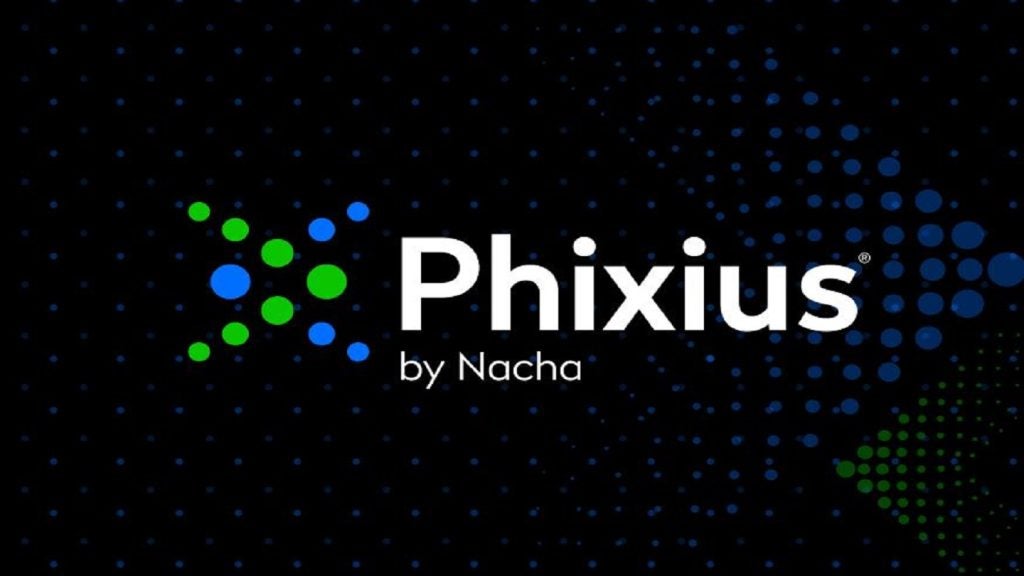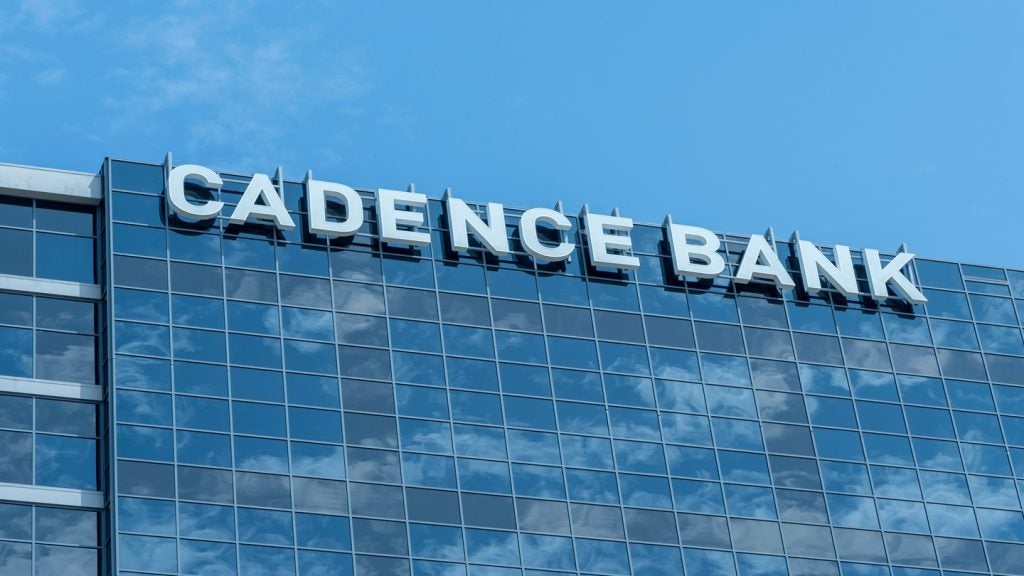ING, the Dutch insurance and banking group, has revealed
a five-year plan for its new Turkish subsidiary, Oyak Bank. ING
says it will spend $900 million on growing Oyak’s branch and wider
distribution network as it looks to take market share in one of the
world’s most interesting markets. William Cain
reports.
ING has outlined a bullish five-year vision for Oyak Bank, its
recent Turkish acquisition. The plan commits the Dutch
bancassurance giant to invest $900 million in Oyak up to 2013 with
a goal to double its current 4.3 percent share of the retail
lending market.
ING, which makes one-fifth of its profit from retail banking, told
RBI it will add 150 branches to the bank’s existing 365
outlets in the next three years – 50 more than it announced at the
time of the deal.
As part of the $2.67 billion deal with the Armed Forces Pension
Fund (OYAK), a Turkish conglomerate, Oyak Bank will be rebranded as
ING Bank Turkey by the end of the year to avoid confusion with the
OYAK brand.
The Dutch group marked the official start of its Turkey operations
in January by lighting up the famous Bosphorous Bridge in Istanbul
in orange, its trademark colour.
It has committed itself to spend at least €20 million ($30 million)
a year over the next five years in marketing the new ING Bank
Turkey brand, up from €5 million a year under the previous
owner.

US Tariffs are shifting - will you react or anticipate?
Don’t let policy changes catch you off guard. Stay proactive with real-time data and expert analysis.
By GlobalDataBeefing up growth
Bruno Paulson, a senior analyst at Sanford Bernstein, the wealth
management and research company, said: “It is part of ING’s
strategy to beef up growth in the business. [The $900 million
investment] shows Oyak Bank absorbing profit it’s earning, so there
will not be much further investment above the purchase price from
ING themselves – primarily, they will be investing profit back
in.”
The purchase of Oyak was completed in June and confirmed on 28
December after Turkey’s Banking Regulation and Supervision Agency
granted permission for the deal. It worked out at 3.3 times book
price and 26.7 times forward earnings – seemingly expensive
multiples. Paulson admitted the multiples looked “pretty high” but
he said there were a number of additional factors that had to be
taken into account.
Paulson told RBI: “The 27 times earnings figure was based
on 2006 earnings, which were much lower than 2005 earnings. They
have also shown that the price-to-book ratio is in line with what
others had paid, which suggests the deal was reasonable –
especially because they gained full control of the bank. For
emerging market access, it does not look too onerous.”
In 2005, Oyak Bank made a profit before tax of TRY205 million
($173.5 million), but this declined 24 percent in fiscal year 2006
to TRY165 million. Paulson said the slump was due to an increase in
interest rates in 2006, after which deposits repriced more quickly
than loans. He added Oyak Bank was financing an expansion but
started to run out of cash to fund it – a key reason ING stepped
in.
Oyak, founded in 1984, has 5,900 employees and is primarily focused
on retail banking. It has the highest proportion of retail loans to
total loans of any Turkish bank (40 percent). It has 1.3 million
active retail customers and 13,500 SME customers. But its 365
branches and 1,142 ATMs are dwarfed by the 891 branches and 2,884
ATMs of Turkey’s biggest player, Is Bankasi.

The world’s largest online bank
ING, whose ING Direct business has become the world’s largest
online bank, decided not to enter the market via its internet
offering because this is more tailored to mature markets. The ING
Direct service, which operates in North America, across Europe and
is ready to be launched in Japan, subject to regulatory approval,
offers high-interest savings product on first entry to the
market.
While it would undoubtedly have been cheaper to enter the Turkish
market through the direct banking model, the bancassurer felt it
was not suited to Turkish customers because ING Direct’s main
products are savings accounts and mortgages.
ING spokesman Nanne Bos said: “Launching ING Direct in Turkey would
not have been possible, because it does not have a high enough
internet penetration. Also, the model needs a more developed GDP,
with enough people with savings to use the account, so the internet
offering was not the way we wanted to go in Turkey.”
The company said its other option was a greenfield ‘self-banking’
model, like the one used in Romania and Ukraine, where the banking
sector is relatively undeveloped. That banking model is similar to
the direct model but with a highly automated branch network. ING
said it decided the best way to make inroads into the Turkish
market was to make a substantial acquisition and build on this
existing, established business.
Bos said: “Turkey is a little in between the greenfield and ING
Direct banking models. It’s well developed, with ample room for
further growth, which is why we decided to make the acquisition.
The idea in this market is to use the platform of Oyak Bank,
rebrand to ING Bank Turkey and grow from there.”
Bos added ING would introduce mortgages into the product mix at the
bank and focus also on SME, corporate and mid-corporate lending and
leasing. It is also planning to sell pensions and use group
expertise in the insurance market to offer life insurance products.
ING already has a strong life insurance business in Central
Europe.
In terms of distribution, branches will remain the key channel for
the time being. ING will expand Oyak’s existing traditional branch
network but will look at developing a strong internet banking
offering. Oyak’s 365 branches, most in major Turkish cities, is a
relatively modest number in a country that spans nearly 1,000 miles
from west to east. Last September, two of Oyak’s main rivals,
Garanti and Is Bankasi, both launched functional m-banking
products, illustrating the rapid pace of change taking hold in the
country (see RBI 579).
Customers threaten to withdraw
deposits
The purchase of Oyak has not been all straightforward. In the six
months after the deal was announced, ING had to deal with
opposition to the increasing number of foreign banks operating in
the country – they now make up around 25 percent of the market –
and threats from customers to withdraw deposits after it was
discovered ING had invested in a company that sold land mines to
the Kurdistan Workers’ Party (PKK) – labelled a terrorist group by
the Turkish government.
ING said it had a company policy not to hold investments in
controversial weapons, and divested the investment when it became
aware of the link with the PKK – and the threats have largely died
down. Oyak Bank, known in Turkey as ‘the soldiers’ bank’ because it
used to administer their pensions, has branches on army outposts
across the country and a number of soldiers threatened to withdraw
deposits and called for the sale of Oyak Bank to be
cancelled.

Shows huge potential
The Turkish banking sector is relatively undeveloped but has shown
huge potential. Citi, Fortis and National Bank of Greece have all
moved into the Turkish banking market in recent years, paying
increasingly inflated prices as demand increases.
National Bank of Greece’s acquisition of Finansbank, Turkey’s
sixth-largest retail lender, has proved to be one of the most
expensive, but also one of the most successful. It has built a 90
percent stake in Finansbank, valuing it at around $5.5 billion. By
September 2007, profits from the acquisition had reached 11 percent
of the Greek bank’s outlay.
According to ING’s own estimates, Turkey, with a
population of 70 million, will become the world’s 12th-largest
economy in the next decade. Its GDP growth in 2006 was 6.1 percent
and is expected to grow at above 5 percent for the next three
years.
A report by National Bank of Greece at the end of last year said
macroeconomic performance in Turkey was expected to improve because
of reduced uncertainty following the re-election of Recep Tayyip
Erdogan as prime minister and Abdullah Gul as president. There had
been concern the country would relinquish its secular constitution,
and the country’s military had threatened to intervene.
Economically, a sharp rise in interest rates of 425 basis points in
the middle of 2006 hit the banking sector hard, decelerating credit
activity. But interest rates declined over 2007 and that is
expected to continue in 2008. Retail loans have been increasing
despite high interest rates, with 32 percent year-on-year growth to
October 2007. Mortgages and personal finance loans rose 36 percent
and 61 percent, respectively, compared to October 2006.
The penetration rate for loans remains low, at 38.3 percent of GDP
as of October last year. The report by National Bank of Greece said
the main challenges in 2008 for the country’s banks would be
avoiding a margin squeeze on the back of strong market competition
and declining interest rates; managing risk as credit expands; and
locating funding in an environment where deposit growth does not
match growth in loans.
There are also reforms on the way to improve the country’s banking
infrastructure, including plans to increase card payments. In
January, the Turkish government stated it wanted debit card usage
to increase as part of a 15-point plan to clamp down on what it
called “the unregistered economy”.
The country’s Finance Ministry is in talks with the general manager
of Visa Europe Turkey, Berna Ulman, on a package of incentives to
increase debit card use, according to RBI’s sister
publication, Cards International.
Only around 2 percent of consumers use debit cards as a regular
payment instrument. Although there are 55 million debit cards in
the country, most Turks prefer to withdraw cash at ATMs. There are
36 million credit cards, on which customers spent a total of TRY1.4
billion in 2006.







